We are hiring – coordinator of volunteers
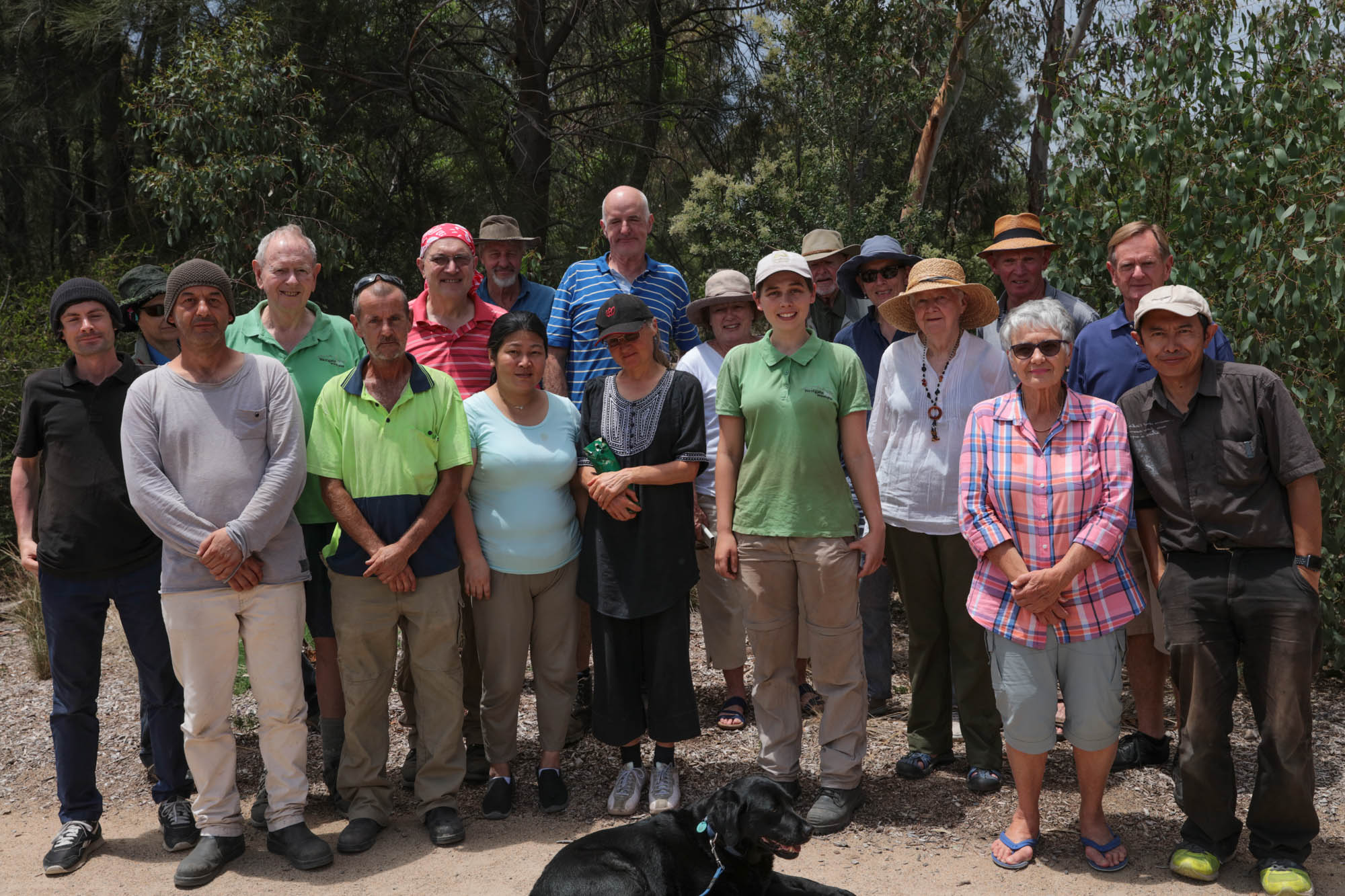
Westgate Biodiversity is keen to employ a part-time coordinator, 1 – 2 days/week, to work with our wonderful volunteers at Westgate Park and Bili Nursery. We can be flexible with the days worked but prefer Mondays and Wednesdays.
Here’s the position:
Duties
- Recruiting volunteers
- Organising and scheduling corporate and group volunteering
- Coordinating volunteer rosters at Bili Nursery and Westgate Park
- Assisting with induction of volunteers
- General admin – filing, managing records, following up inquiries
- Assistance in social media
Requirements
- Competence in IT
- Experience managing volunteers
- Excellent people skills
Desirable
- An interest in the environment and in indigenous plants
- A happy disposition
- A willingness to work in a small office set in a lovely outdoor nursery
The position is based at Bili Nursery, 525 Williamstown Road, Port Melbourne.
Coordinator of volunteers position
Sunday working bees back on
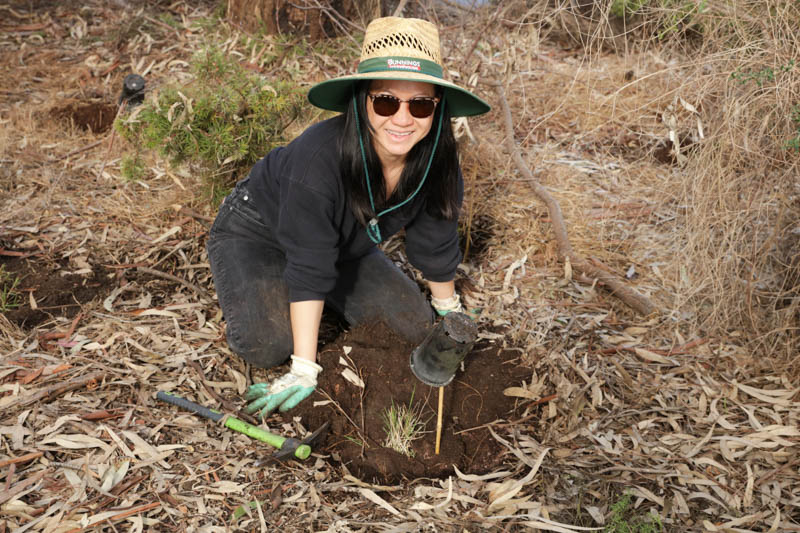
Starting in March, we will be resuming our monthly volunteer work days – the second Sunday of each month – 10am to 2pm with a well-earned break for lunch.
There is much to do at Westgate Park and we will be mostly weeding or planting.
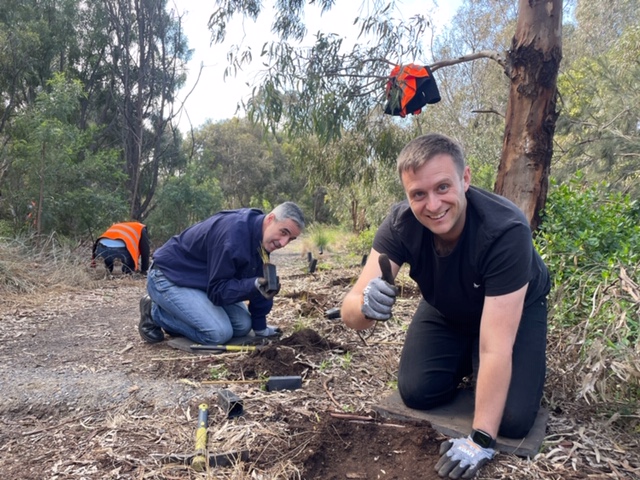
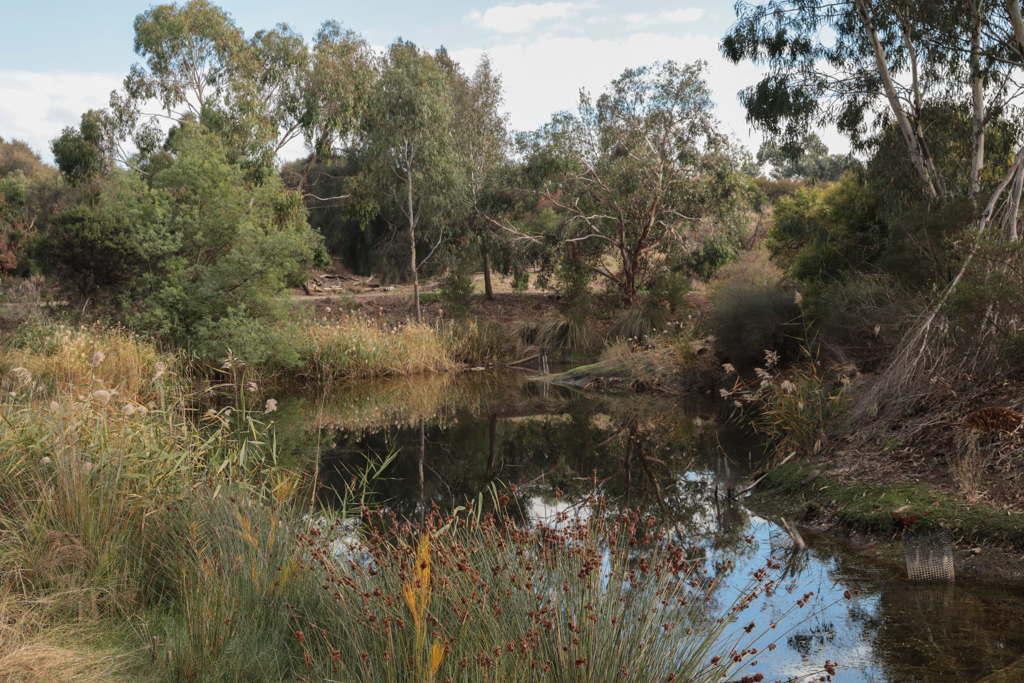
You will need a Working With Children Check or have applied for one (required by Parks Vic).
We will have gloves, sunscreen, and whatever equipment is needed. We suggest you bring lunch, a water bottle and a hat, and wear sturdy enclosed shoes.
If you can join us – every Sunday or just some – please register below.
We look forward to working with you!
Register for Sunday working bees
Clematis microphylla
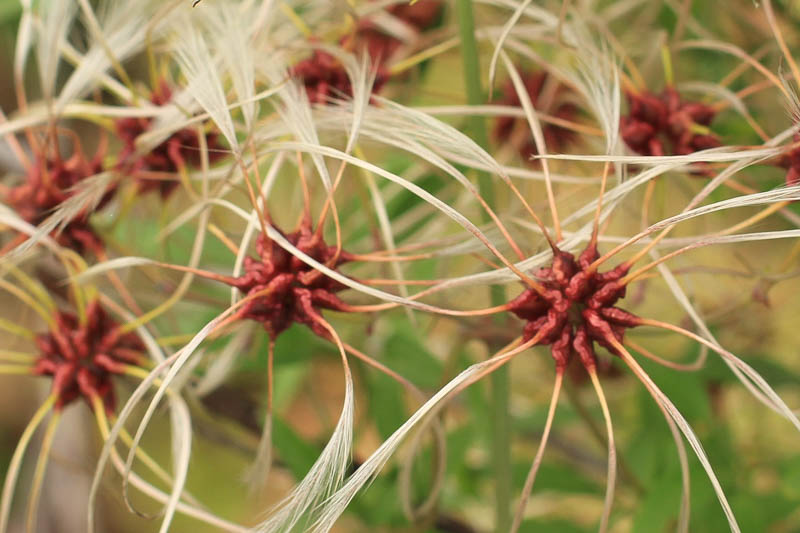
Ubiquitous, unique, fragrant, and dioecious.
On any visit to Westgate Park in winter/spring you can’t miss the sweet perfume of this small-leaved Clematis. It can scramble over the ground and climb as high as 3 meters over other plants or rocky outcrops. It’s also a great garden plant for arbors and along fences.
We take a look at why it’s so special…
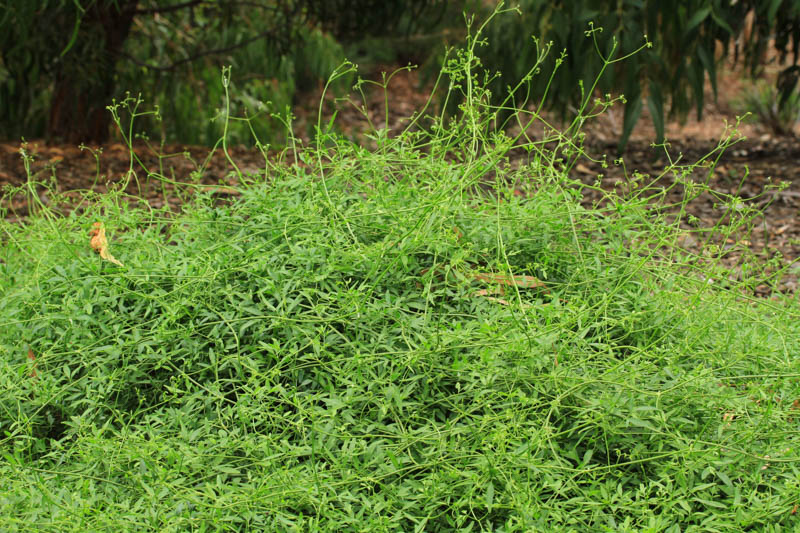

Clematis microphylla twines gently in and around the stems of its host plant without doing damage. It has strong woody stems and a single plant can have a lifespan of several decades.
Separate plants – male and female – are required to produce seed, ie. C. microphylla is dioecious and this is unusual in the plant world.
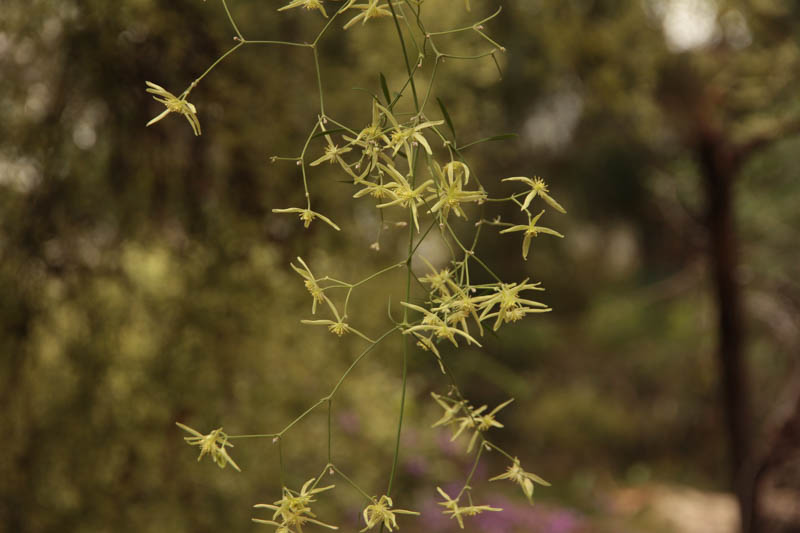

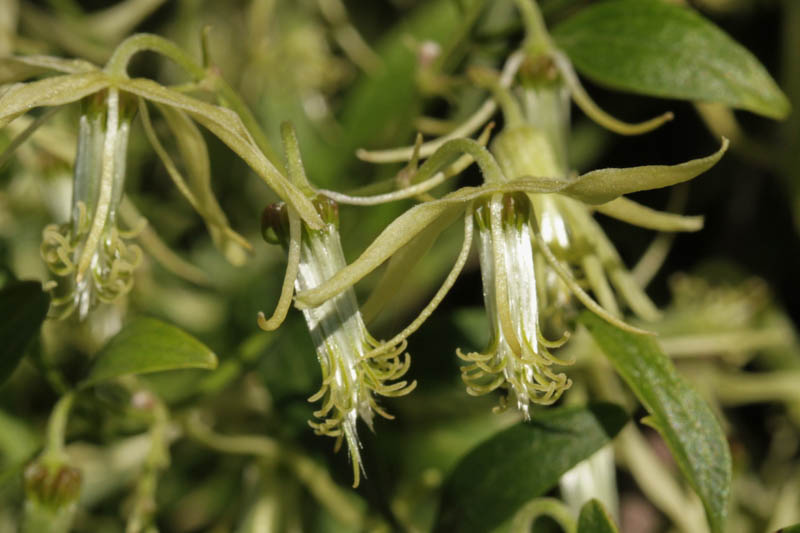

The male plant produces the pollen and has masses of star-shaped, fragrant, creamy-white flowers with 20-30 stamens. The female flower has four, oblong, creamy-white petal-like sepals and many carpels (female reproductive organs) but neither flower has actual petals.
Post-pollination
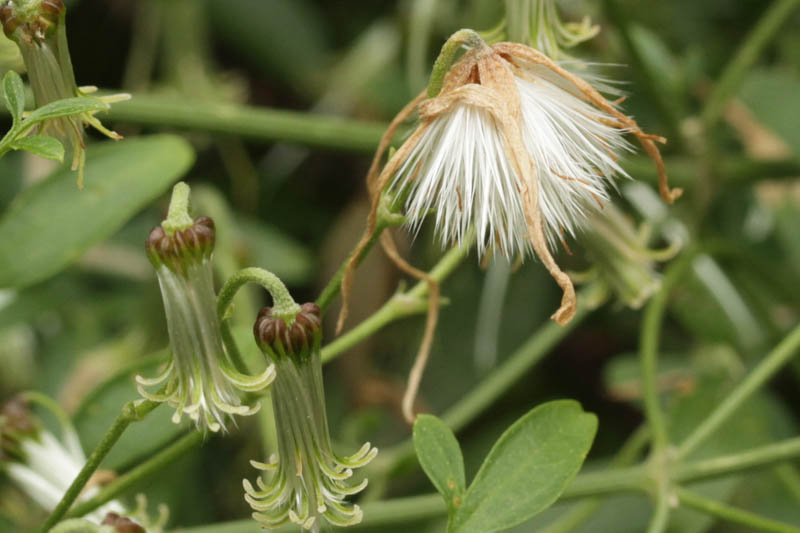

C. microphylla flowers for around four months up to October attracting bees, butterflies and other insects to its pollen and nectar. These winter flowers are also a bonanza for small, insectivorous birds.
The fruit develop over the next four months and mature from December to March. The small seeds are attached to a silver, feathery tail (or awn) and are widely dispersed by wind.
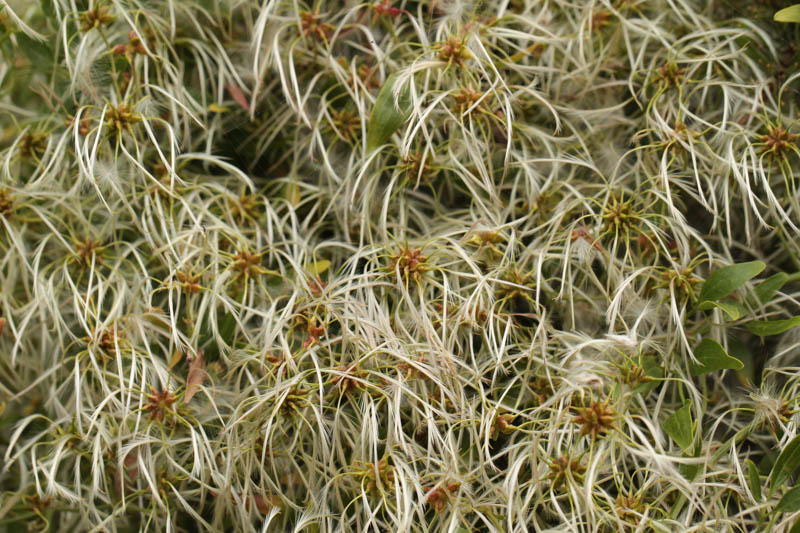
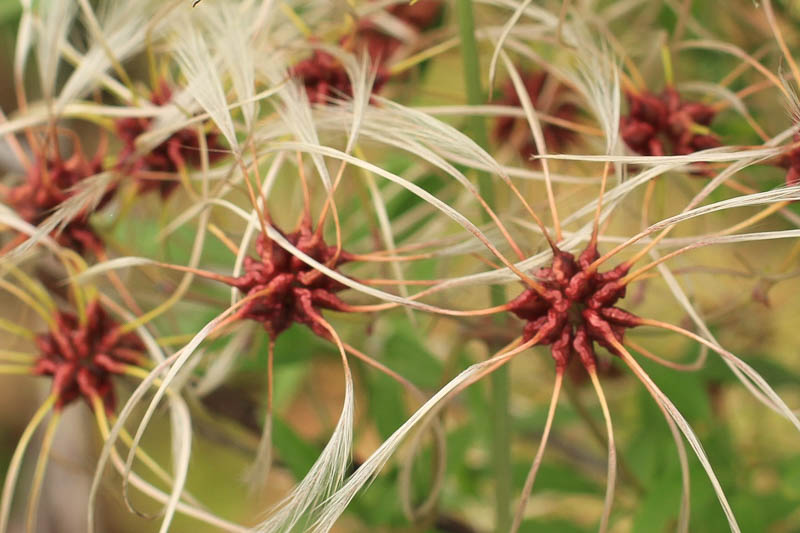
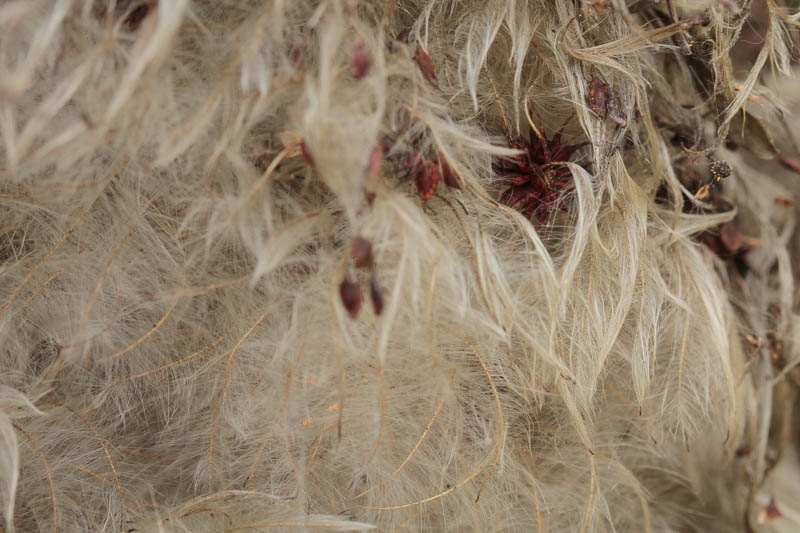

The plant provides wonderful cover for small birds and many birds line their nests with the soft feathery remains of the seed’s transport system.
We have good stocks of Clematis microphylla in our Bili Nursery – 535 Williamstown Road, Port Melbourne – and now is the ideal time to plant!
Clematis microphylla appears to have had wide application by Traditional Owners. The leaves have a peppery taste, the starchy roots were pounded and kneaded into dough, and the taproot was roasted. Leaves were used to treat headaches and skin irritation, and root fibres were woven.
Thanks, JH and Melb Water
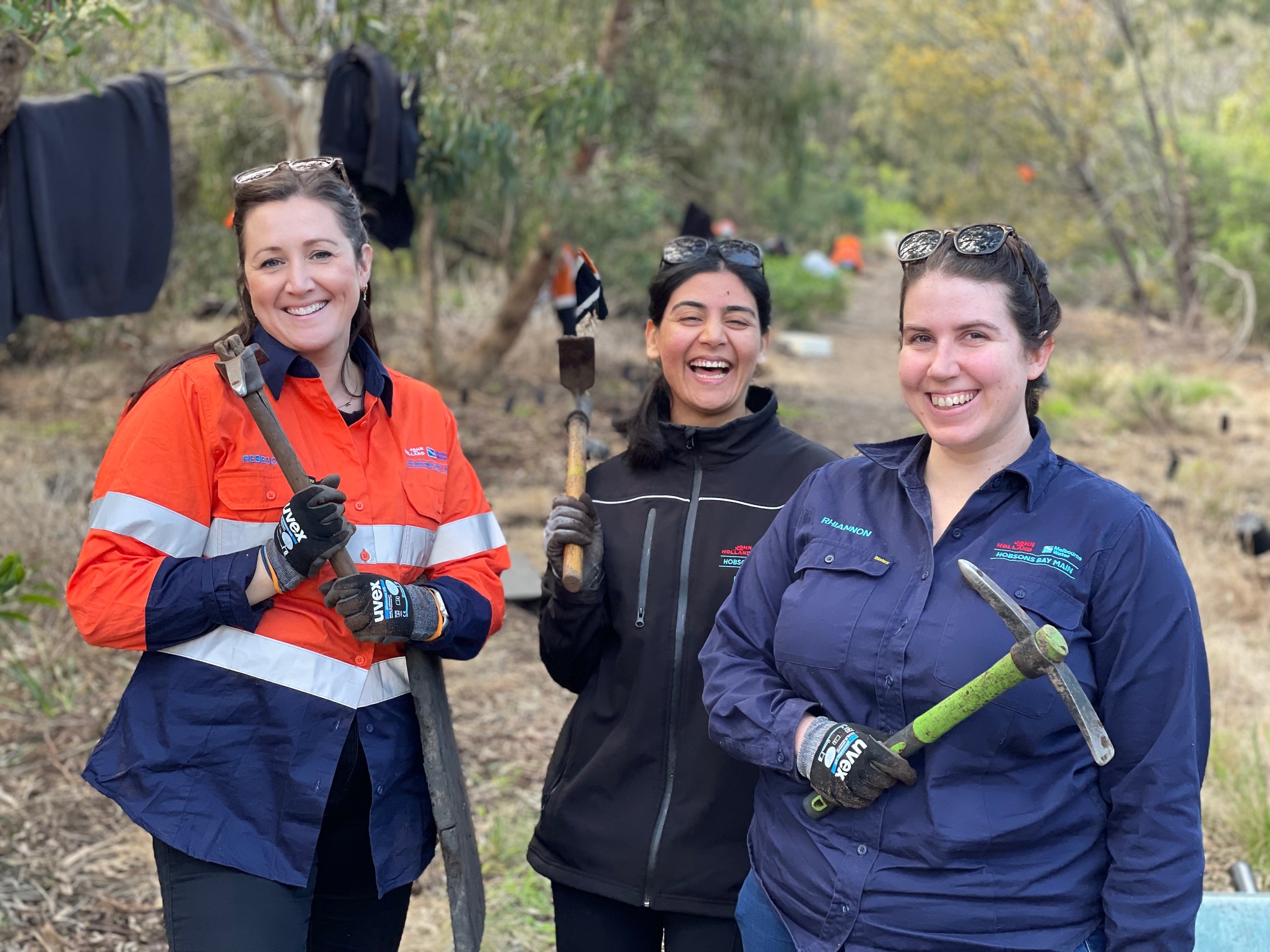
The crew from John Holland and Melbourne Water are working in the park on the major task of duplicating the sewer under the Yarra River – a project to be completed in 2024. They took time out this week to see more of the park and to help out with spring planting.
Thank you to George and the team for having us out onsite planting today. Thankfully the weather held off and we got to enjoy some sunshine out in the beautiful Westgate Park.
Thanks again for helping to coordinate the day – we all had a great time.
Bec
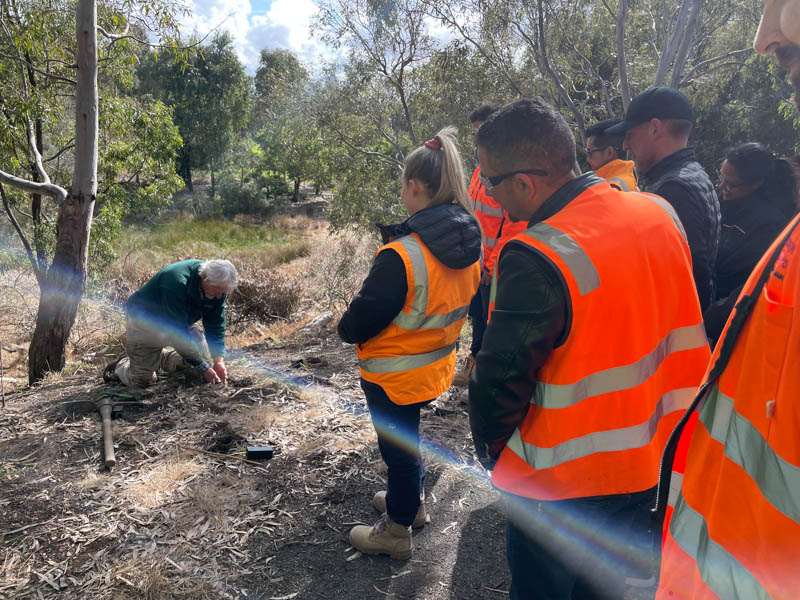
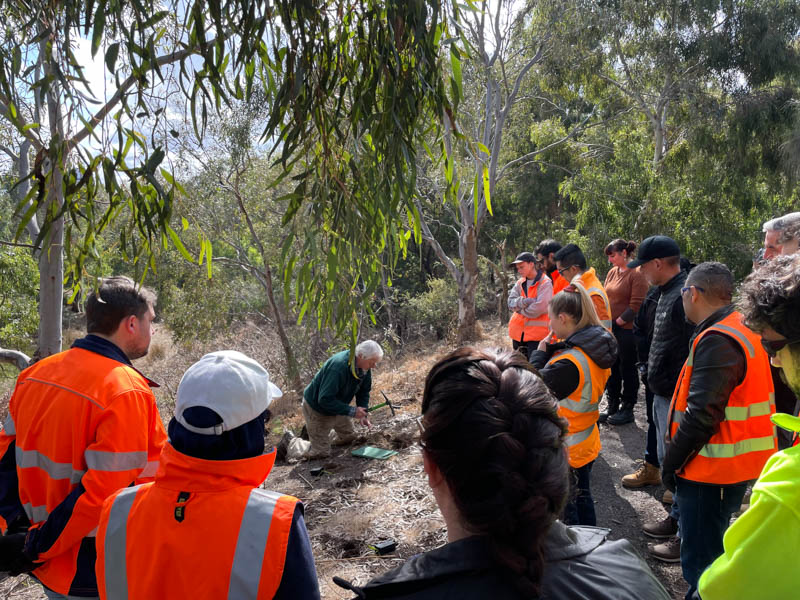
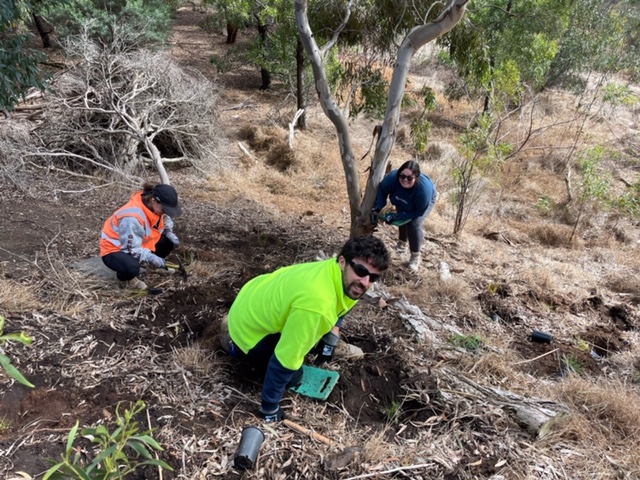

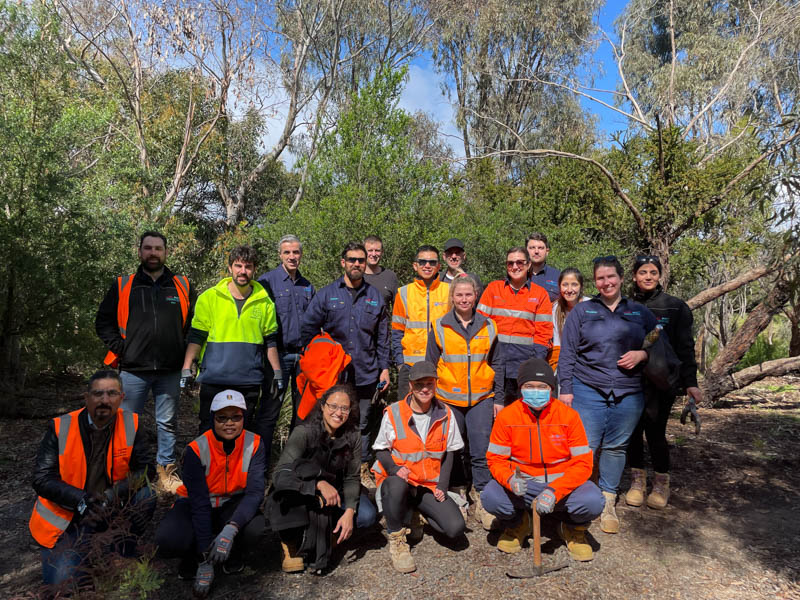
Sept 5 Bird survey
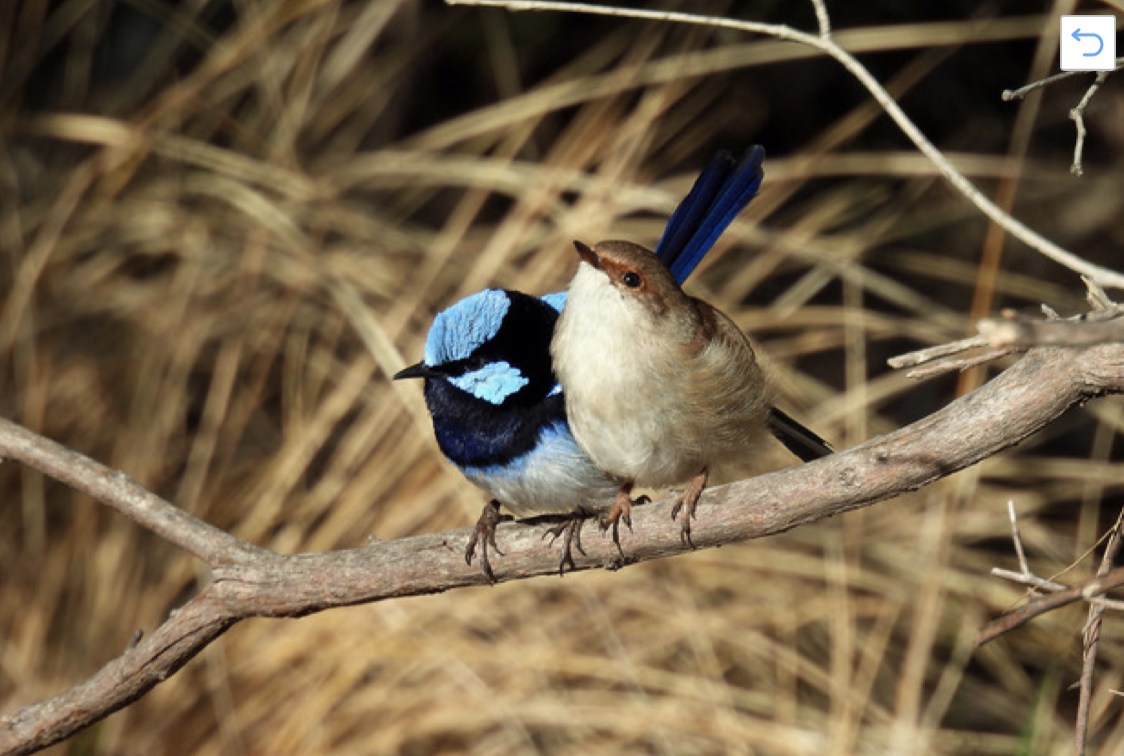
The Park is very green and plants are thriving. Water levels are high, and volunteers including corporate staff, are doing great work extending understorey vegetation.
Common Froglets abound in some water bodies, and as usual, the Brushtail Possum near the barbecue sleeps peacefully during the day, half its body protruding from the splinter-bordered hollow.
Reed Warblers have returned and there are pleasing numbers of Little Wattlebirds. No Noisy Miners were observed in the park itself, only along neighbouring roads.
Sighting four Australian Wood Ducks was unusual – this common species elsewhere in Melbourne rarely visits Westgate Park.
All photos by Ursula Dutkiewicz:
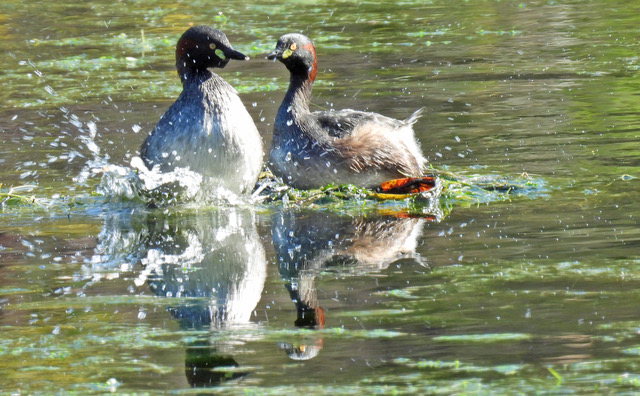


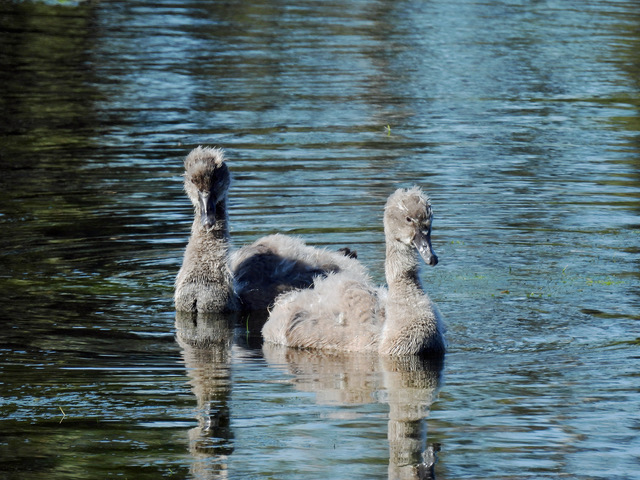
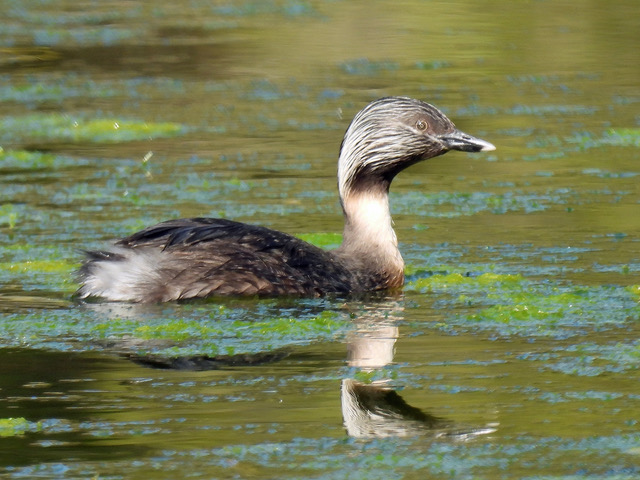
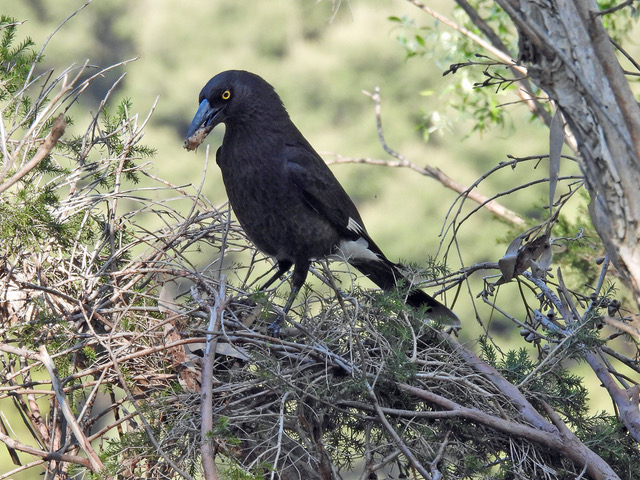
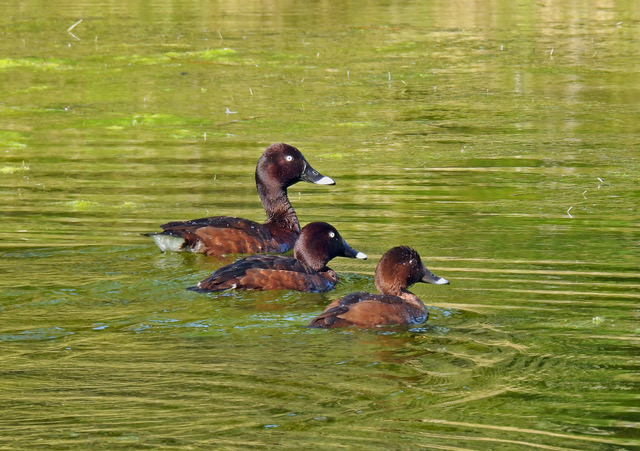
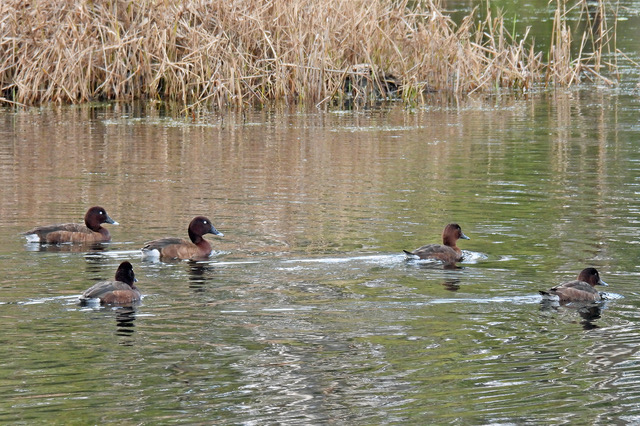
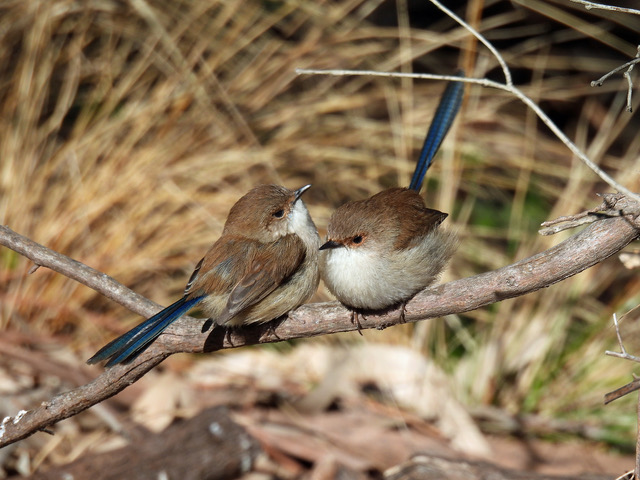
Telstra Purple steps up
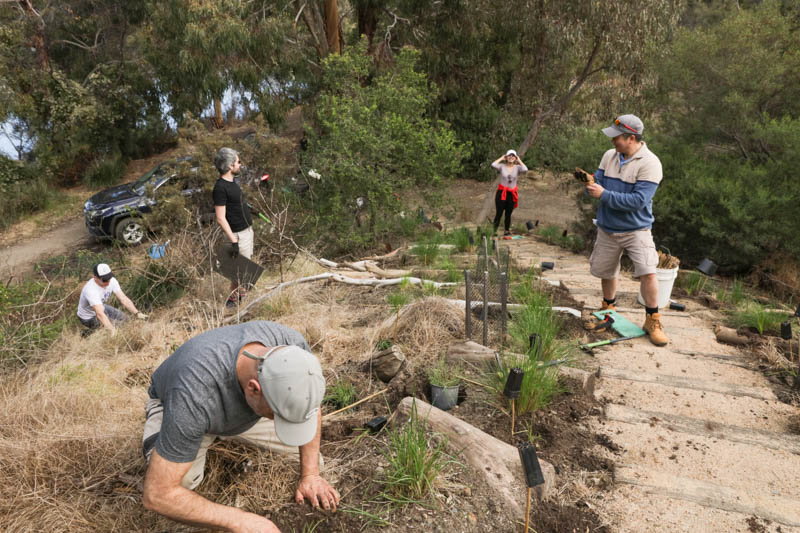
Thanks to the Telstra crew for a morning of tough weed-pulling in the Southern Wetlands followed by planting on the steep slopes of the freshwater lake edge and along the steps up the hill. Thanks too to our core volunteers for making it happen.
The earth around the steps had eroded and our volunteers had filled them in with packed sand and laid logs all the way down the slope. The next step was to plant grasses and small herbs to stabilise the soil.
Job done!
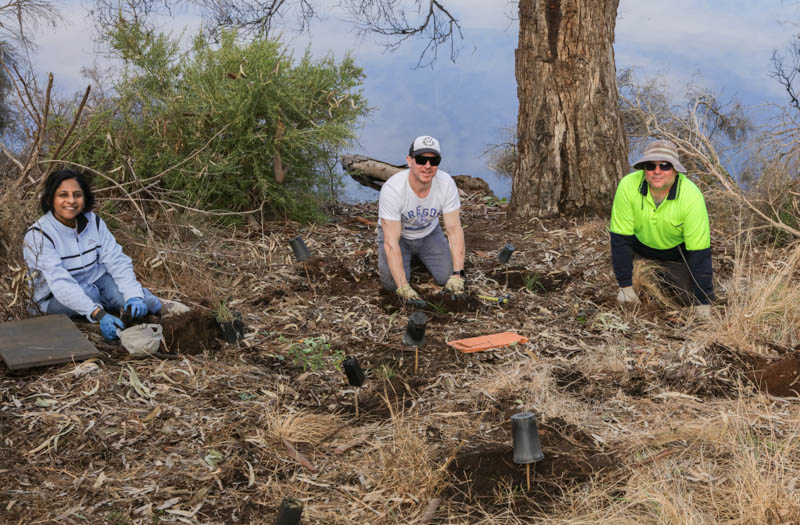
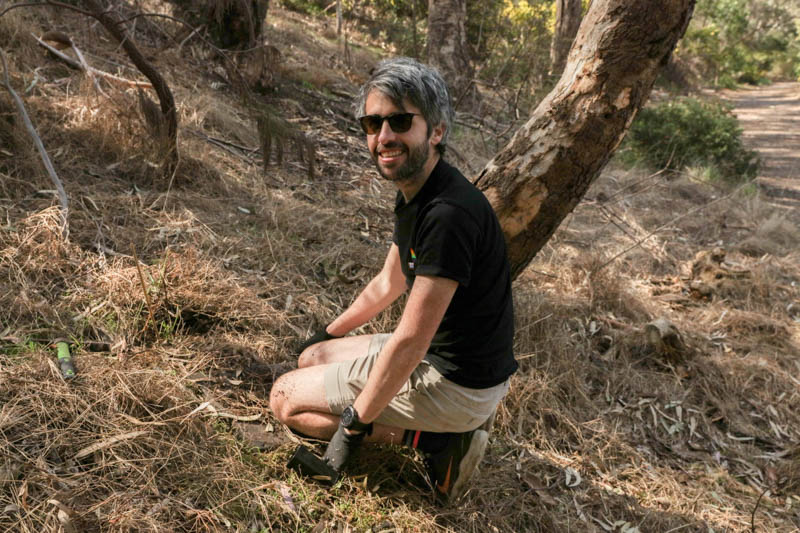
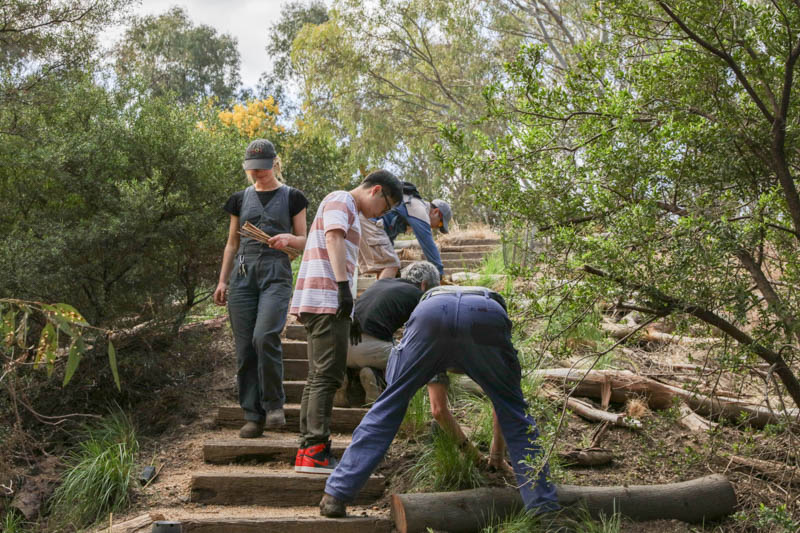
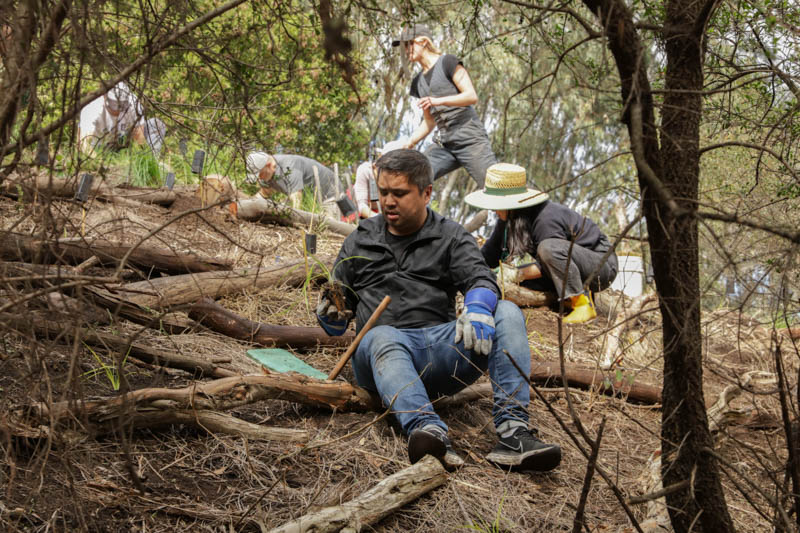

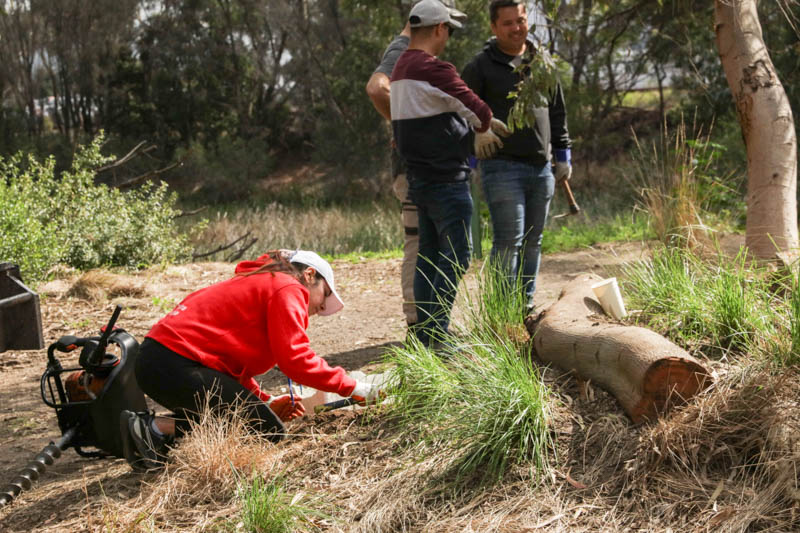
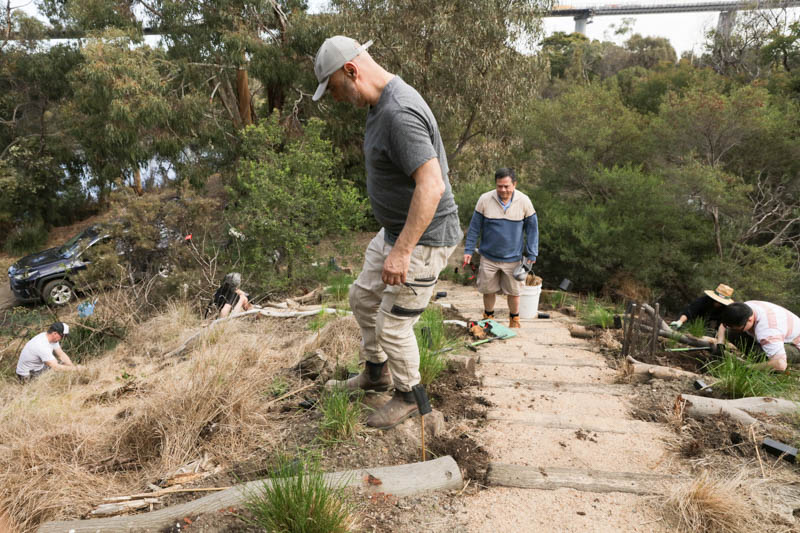
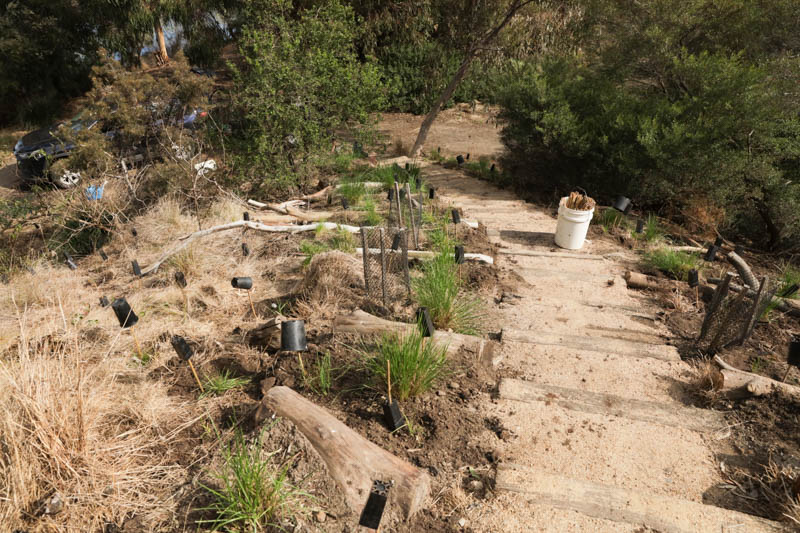
Coastcare project 2022
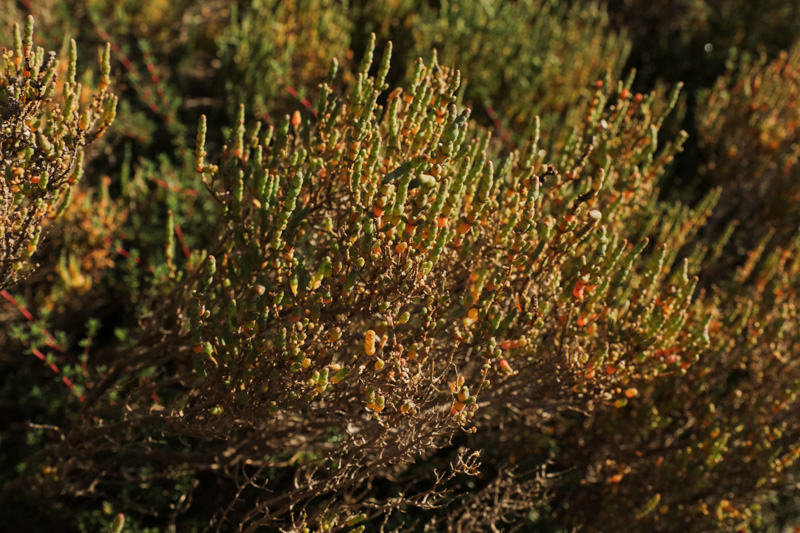
People often turn a cheek to the saltmarsh, it has rarely captured interest in the same way our forests or flowering heathlands historically have. The slippery sedimentary soils, blaring heat and occasionally offensive odours don’t lure the passer-by, but the appeal is real.
Bands of colour and texture stand out as plants conform to their tolerable zones, these arrangements delicately defined by the conditions and the unique adaptations of constituent species. The prime adaptation of these plants is their ability to manage otherwise harmful levels of salt in their tissues, and for this they are referred to as halophytes, translating to salt plants. Classifying these plants is ambiguous but for the sake of providing context, one definition made is that halophytes are plants that survive to complete their life cycle in at least 200 mM salt. Under these conditions, all halophytic species have to regulate cellular Sodium, Chloride, and Potassium ions, but the pathways involved vary, and are not completely understood. Straying from the molecular level, some of the visible adaptations are the ability of plants to excrete salts to external bladders on their leaves as seen in our local Atriplex cinerea or compartmentalise it in vacuoles of succulent leaves like in Suaeda australis. Both of the aforementioned plants are in the family Chenopodiaceae, which has the most halophytes of any other plant family with an estimated 381 species.

Our saline lake and lagoons at Westgate Park provide conditions for a number of dycotyledonous and monocotyledonus halophytes. These plants survive in isolation of the dynamic interplay between upland freshwater flows and coastal saltwater influence. This hydrological flux is considered critical to the functionality of coastal saltmarsh systems and so our saltmarsh does not function in the way true Coastal Saltmarsh would, instead being more like Australia’s inland salt lakes. Nevertheless, this site provides habitat for a number of birds including Black-winged Stilt, Dotterels and other waterbirds such as the Chestnut Teal. The plants here also give an insight into the history of the area and the remnant saltmarsh that occurred at the mouth of the Yarra River up until the early 2000s only a few hundred metres away at Webb Dock.
A Coastcare Victoria grant gifted to our organisation from DELWP has provided the opportunity to engage our volunteers with these specially adapted plants.
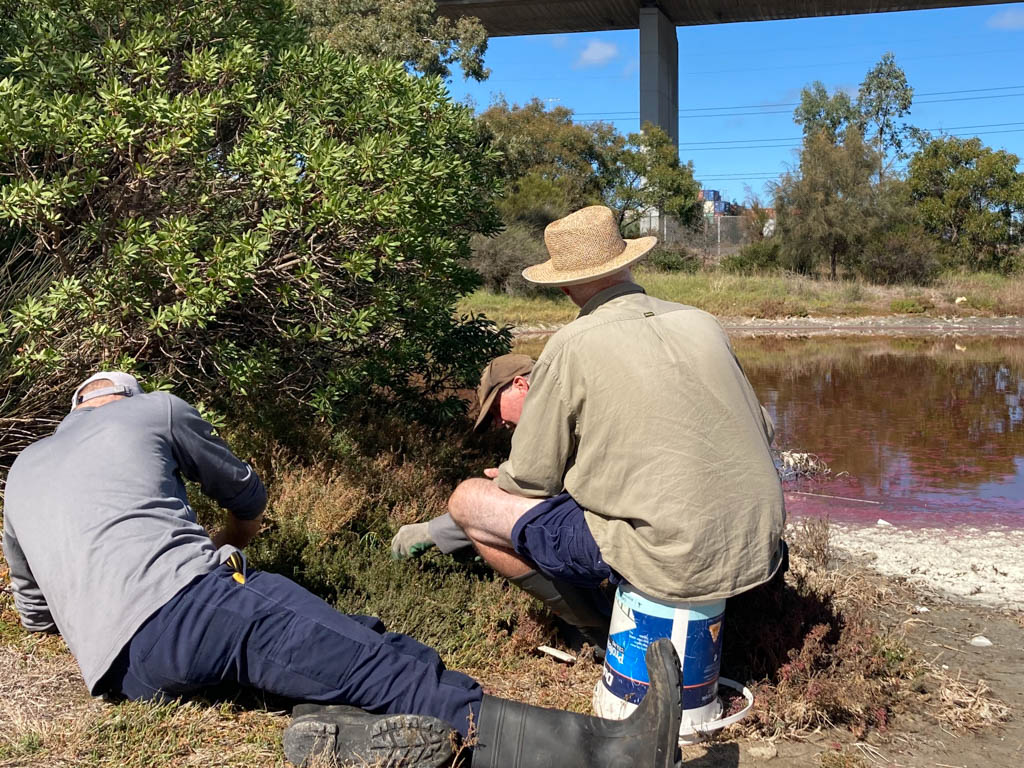
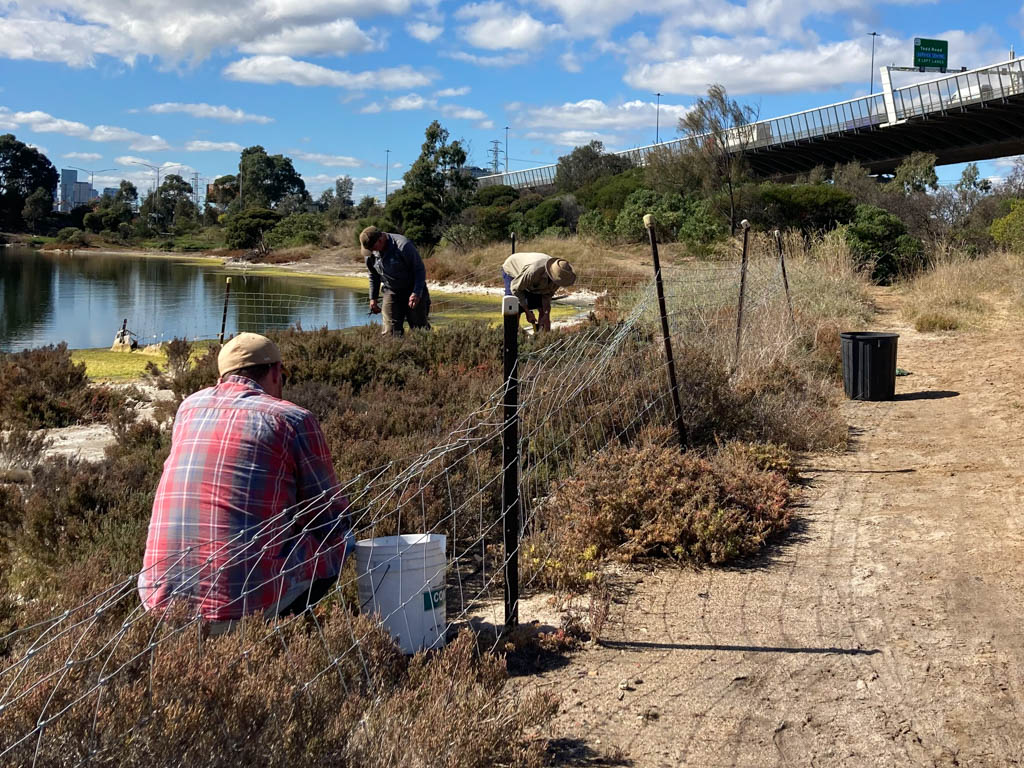
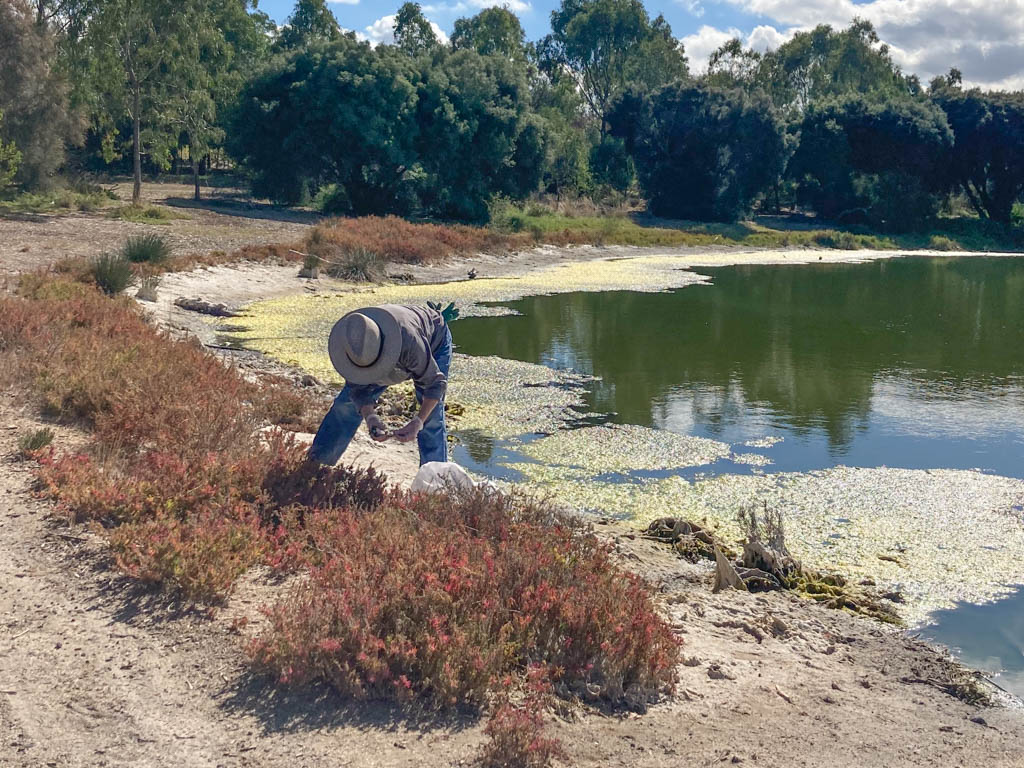
Volunteers have undertaken supervised seed collection of species including Streaked Arrow-Grass Triglochin striata, Rounded Noon-flower Disphyma crassifolium, Sea Rush Juncus krausii, Blackseed Glasswort Tecticornia pergranulata and Austral Seablite Suaeda australis.
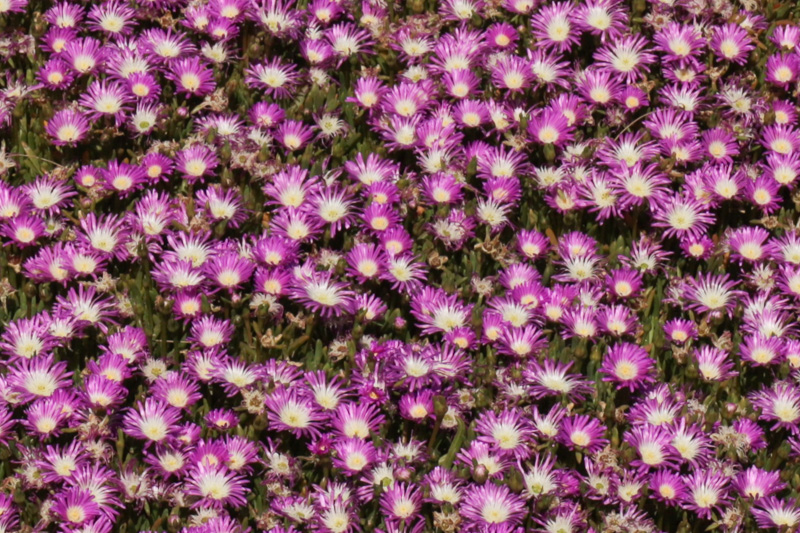
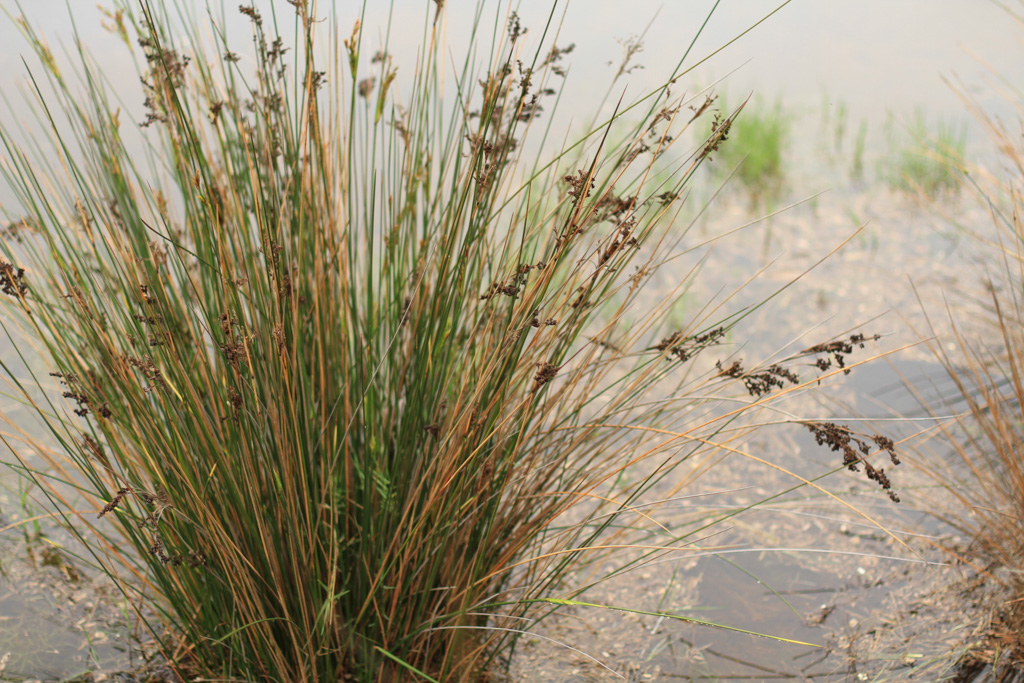
These have been germinated at the nursery and will be grown-on by volunteers to be planted back at the park, where weed control works targeting the noxious Spiny Rush Juncus acutus are underway. We have also been propagating cuttings of Creeping Brookweed Samolus repens that was saved before the development of the docks and has survived in stock boxes at the nursery since. Building on past revegetation works will continue to improve the aesthetic and ecological value of the site known to many as the Pink Lake.
We will be continuing our work on this project for some time, so if people are interested in getting involved please reach out.
For those interested, a great local example of coastal saltmarsh similar to what would have occurred at Westgate where the Yarra meets the Bay can be found at Altona Coastal Park and is well worth a visit.
Holden Sayers, WBBNL staff
August 8 Bird survey
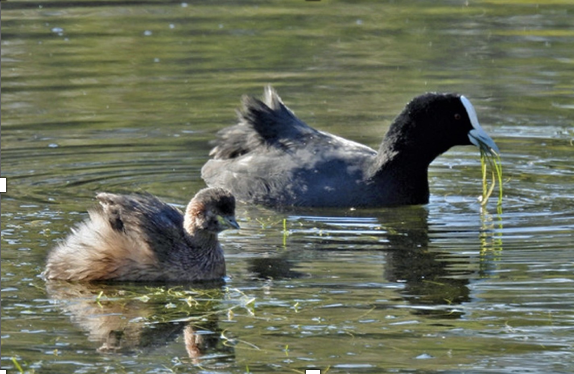
The park is in excellent condition, volunteers are busy, and visitors frequent. Most water bodies are almost full and hosting common froglets. Our prominent resident possum is still with us, half in and half out of its jagged hollow. Especially pleasing sightings were the three individual raptors, and the number of crested terns.
Volunteers wanted – working with seed
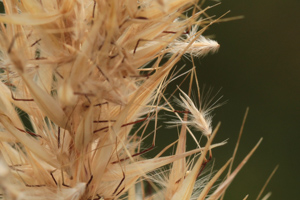
Some of our indigenous plants are grown by cuttings or division but most are propagated from seed.
Preparing seeds, or seed cleaning, is a hugely important role in our propagation process. But all it requires is an aptitude for careful and methodical work, guided by our staff, and a regular commitment to spending time with the team in our nursery at 525 Williamstown Road, Port Melbourne.
Your reward is to see your seeds germinate, grow into seedlings and be pricked out into tubes.
You will know these seeds will become plants – tall trees, shrubs, wildflowers, sedges, grasses, groundcovers, and more – and that your efforts are making a difference, making Melbourne and the Sandbelt Region more biodiverse!
Here’s how to let us know you are interested:



A few things to know about seeds
Not all indigenous plants are easy to propagate. Some are dormant for a period, others have evolved to germinate only after fire. Some need prolonged rain, others are quick to release their seeds making capture difficult.
Seeds are immensely varied in size, shape, method and time of dispersal. Most seeds have a protective coating, sometimes hard and woody. We use treatments like washing and soaking, ‘smoke water’, gentle sanding to remove all or part of the seed coat, periods of dry storage, hot or cold conditions or natural weathering.
Seeds can have papery ‘wings’ that make them more readily airborne or hairs or spikes to anchor the seed to the ground or a host.
Not all seed produced is viable and there is great diversity in time taken to ripen and the length of time seeds are viable after maturity.
For some species, germination is improved by the seed passing through the digestive system of an animal and this can be highly species-specific such as Ravens and the fruit of Alyxia.
Seed cleaning
- Cleaning means separating the seed from everything else (pods, chaff., sticks and leaves).
- You need to be sure you know what the seed looks like so you don’t keep the chaff by mistake.
- For some species it’s possible to pick out the seed by hand
- For others, hand sieves can be used to separate the seeds from everything else, using the right mesh size to catch the seeds on a sheet placed underneath.
- Gentle blowing will remove the lighter chaff from the seed
- Vibrating or shaking the seeds in a dish can help separate seeds
- For grass species sometimes threshing or beating works best.
Storing seed
- Seeds must be dried, weighed and sealed in airtight containers – glass jars with metal screw tops best protect the seeds from voracious mice and insects – and jars labelled for genus, species, date and location of collection, collection and drying method used, weight of seeds.
- Seeds should be kept in a cool dry location away from direct sunlight.
- Before storing, remove any seeds that show signs of insect damage, mould or fungus. Insect attack may appear as small holes in the seed or as a webbing over the seeds. Another tell-tale sign of insect presence is powder in the bottom of the container.
- Check regularly to make sure seeds are insect-free. It is possible to kill insect pests using carbon dioxide, moth balls and rat bait. Keep records of checks and treatment used.
New Manager for Westgate Biodiversity


A warm welcome to Rhod Cunningham who joined the team this week as Manager of our operations.
She has a wealth of plant nursery experience, great knowledge of indigenous plant species and seed collection in Greater Melbourne. Rhod has a special interest in aquatic species and, in her spare time, works with the Wetland Revival Trust in north-central Victoria regenerating wetlands.
Meet two of our other staff:
Mars started with us as a volunteer and on staff for the last two and a half years. Mars is now a very competent all-rounder and will focus now on more community engagement and supporting volunteers.
Lilli joined us earlier in the year. A cheerful hard worker, Lilli’s strength is in propagation and exploring new methods to improve survival rates. Lilli is also very resourceful and handy with irrigation systems and fixing heat beds for better efficiency.




Fronting up on another cold wet day were some of our marvelous and longstanding volunteers, Bruce, Zoe and Van who are a joy to work with. Thank you!
